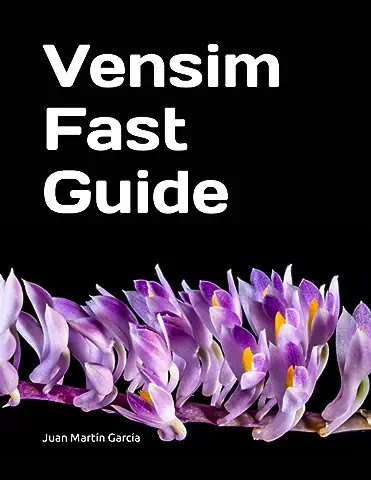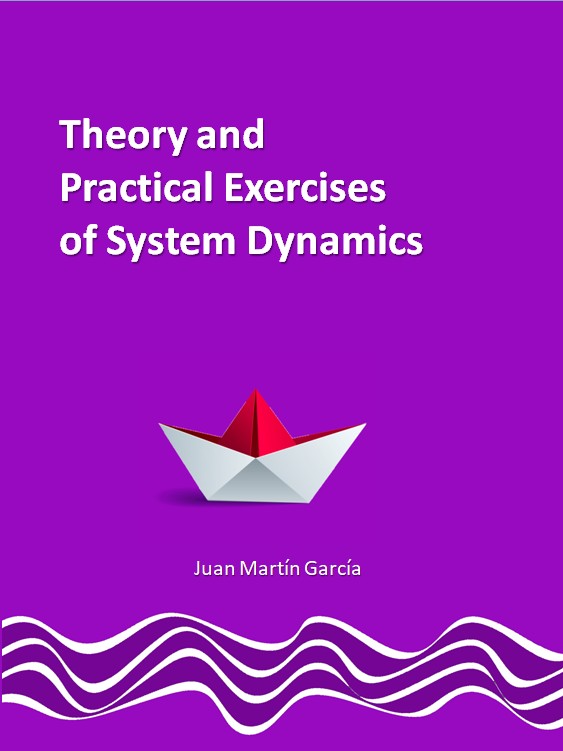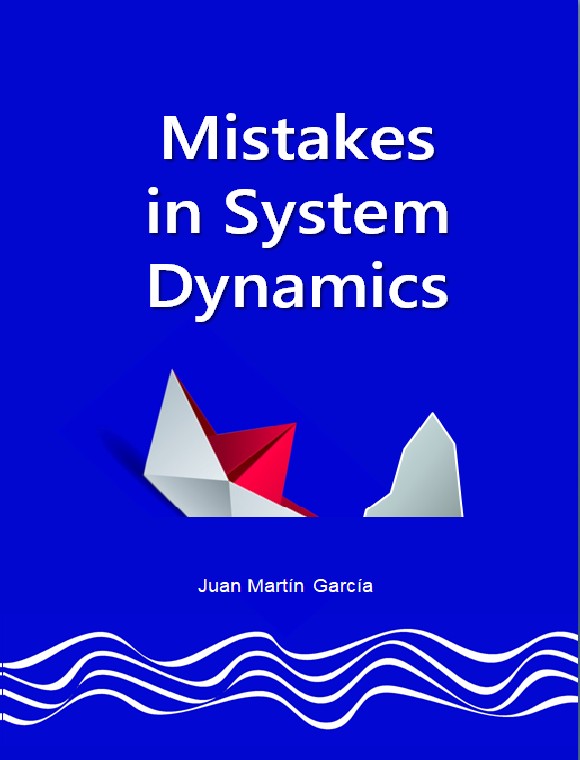Content
Paper 1. Sustainable Food Availability
A system dynamic model has been built to represent Indonesian sustainable food availability as a holistic system which contains economic, environment and social aspects elements and their interrelationships. Simulation has been also done in three stages for a seven policy-scenario and six combination policy-scenario options to analyse how they affect food availability and farming emissions.
Paper 2. A FAO's Model of Agro-food Systems
The paper shows a qualitative framework model, based on the Food and Agriculture Organization of the United Nations (FAO)’s FSDS literature, has been developed by using Systems Thinking (ST) and System Dynamics (SD) approaches. These key areas are relevant to test new paths of cities-regions reconfiguration towards the transition to resilient agri-food systems.
Paper 3. Crop Modelling in a Rainfed
A cropping system model is used to simulate sustainability in a rainfed agricultural system of the Spanish Central Plateau. Sustainability analyses require long-term series of experimentation, and crop models applied to long-term weather series, enable the evaluation of different management practices.
Paper 4. Fishing in a Natural Environment
A model to understand and study the particular interests that must be reconciled to manage recreational fishing activities in a natural environment, increasing the satisfaction of the population, taking into account the quality of water for baths, and the care of the environment, all this under climate change.
Paper 5. A Growing Farm of Chicken
This work integrates in a single model the themes of production and the economic aspects, which is usual, but also includes in the model the social and environmental impacts of its activity, and this is an interesting novelty. All these aspects interact with each other to offer a vision of the company's sustainability, to face the changes that must be analyzed.
Paper 6. Agro-food Industry Modeled
This paper shows that the knowledge can be modeled, that several scenarios are obtained using a computer model, and as conclusion it is clear that the knowledge management has an important impact on the production supply chain in agro-food industry, which is defined by unestructured problems that can be managed using System Dynamics models.
Paper 7. Livestock Production Modeled
It is a basic, simple and easy to understand model for people who want to start using simulation models applied to livestock. The model was developed to support individuals and producers or farmers, and its great contribution is that it is not a black box, but allows the user to understand the origin of the results.
Paper 8. Dormice and Hazelnuts Production
The study analyse and helps to understand the dynamic complexity of relations between dormice and hazelnuts production in cases of high proliferation, where through a project of local Public Governance, the policymakers were able to counteract the damage of the dormice. The study shows the effects of reduction policies to the performance of hazelnuts production.
Paper 9. Constraints in Piggery Industry
The growth of Ghana’s domestic piggery industry has been impeded by several constraints such as inadequate information. In this research, systems models provide an understanding of the interconnectedness and relationships present within the piggery industry of Ghana.
Paper 10. Sheep Producers and Consumers
The model is used to assess the outcomes for commercial and small-scale Mexican sheep producers and sheep meat consumers of three growth assumptions and two intervention alternatives: a variable cost subsidy or the implementation of a stylized health intervention. Model simulations indicate that the dynamics of growth dominate the policy responses.
Paper 11. Poultry Supply Chain
The objectives of this paper are to review literature, develop a Vensim based simulation supply chain model, and examine the model qualitatively and quantitatively. The model also discuss in relation of among forward, reverse and mainstream supply chain of the case.
Paper 12. The Winery Industry
This paper deals with the importance of financial strategy development of small and medium-sized enterprises (SMEs) in the winery industry. The main objective of the paper is to identify the current financial strategy of small and medium-sized enterprises and afterwards to propose changes that lead to new financial strategy.
Paper 13. Group Model Building
This paper do not shows a model but summarise current knowledge and understanding in the public participation literature. What participatory methods should be used in which situations and particularly how they should be applied are still insufficiently addressed questions.
Paper 14. Dynamic Input-Output
The paper develops a dynamic ecological-economic model by integrating Input-Output (IO) with System Dynamics (SD) and develop and evaluate various scenarios using policy impact and policy sensitivity analyses. The model and analysis are applied to the degradation of fish nursery habitats by industrial harbors.
Paper 15. Greenhouse Gases and Carbon Footprint
This study showed selecting efficient animals (productively and reproductively), can produce more animal protein with less carbon footprint. A good paper to see the modeling of a cattle, study the natural dynamics of the population and show its environmental impacts.
Paper 16. Water-Energy-Food Nexus
This paper investigates the impact of two energy scenarios on identified key indicators within the context of the water-energy-food nexus. By utilizing a mixed method of qualitative interview and quantitative system dynamics modelling, representative causal loop diagrams and stock-flow diagrams were constructed.







